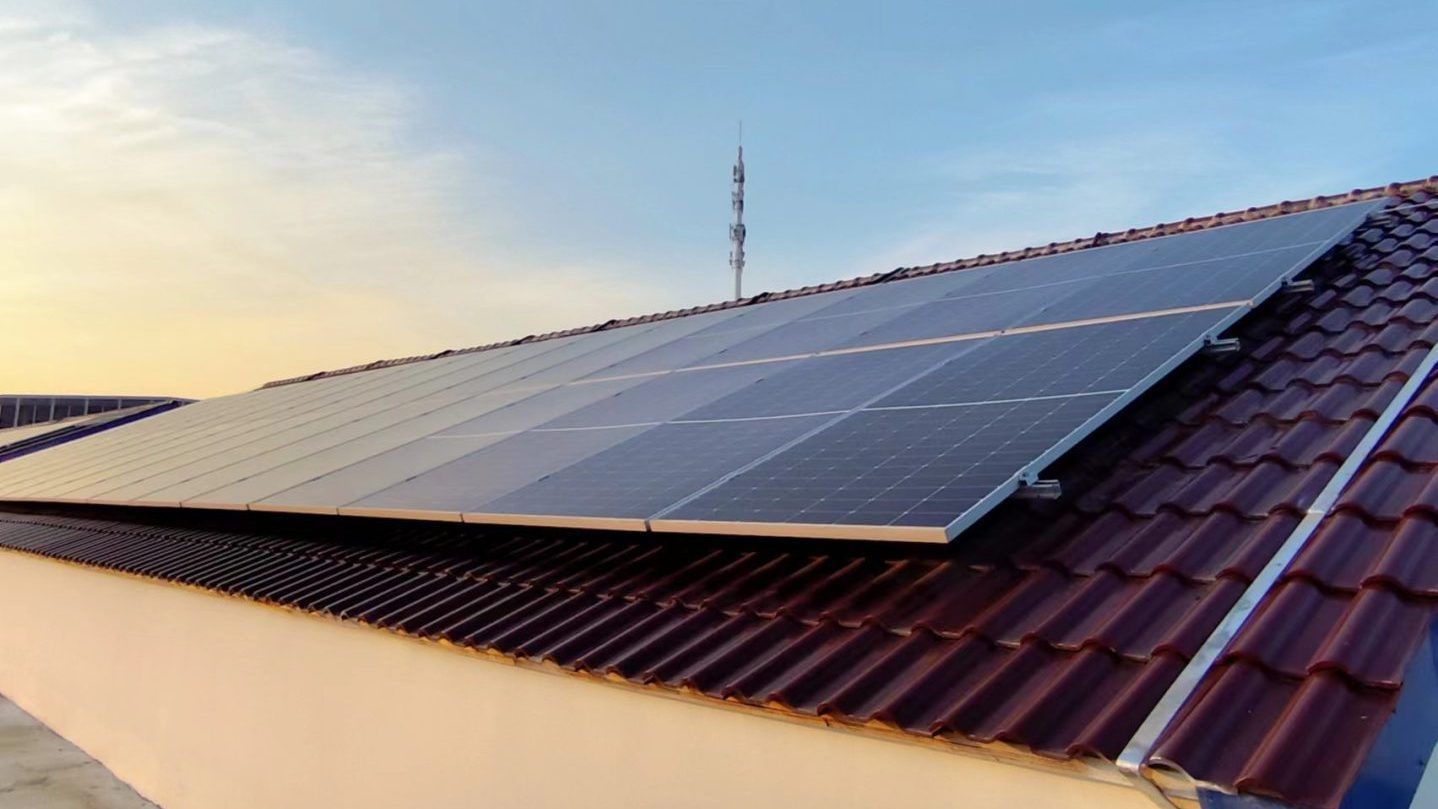Recent field test results from China’s National PV and Energy Storage Verification Experiment Platform (Daqing Base) have confirmed the effectiveness of TOPCon technology and string inverters in boosting electricity output.
The data, released on March 28th, aims to provide insights into real-world performance of different technologies and products and guide the adoption of new technologies in the industry.

Module results
The results underscore higher electricity output of n-type modules, aligning with trends observed in 2022. Compared to PERC, both TOPCon and IBC technologies show higher electricity output by 2.87% and 1.71%, respectively.
Additionally, larger-sized modules exhibit an improvement in electricity output, with differences of approximately 2.8%.
However, there are noticeable disparities in module quality control among manufacturers, resulting in variations in electricity generation performance.
For modules of the same technology but from different manufacturers, the maximum deviation in electricity generation reaches 1.63%.
While most manufacturers meet degradation rate standards, some exceed them. Notably, the degradation rate of n-type modules is lower, with TOPCon degradation ranging from 1.57% to 2.51%, IBC degradation from 0.89% to 1.35%, PERC degradation from 1.54% to 4.01%, and HJT reaching 8.82% due to instability in non-crystalline technology.
Inverter results
Different inverter technologies have shown consistent trends over the past two years.
String inverters outperform centralized and decentralized inverters by 1.04% and 2.33%, respectively. Across different technologies and manufacturers, the measured efficiency of inverters is approximately 98.45%.
The difference in inverter efficiency between Chinese-produced IGBT and imported IGBT inverters is less than 0.01% under different loads.
Mounting system results
Tracking systems yield the highest electricity generation. Compared to fixed mounting systems, dual-axis trackers achieve a 26.52% increase, while vertical and inclined single-axis systems achieve gains of 19.37% and 19.36%, respectively.
Additionally, flat single-axis systems (with a 10° tilt), all-dimensional systems, and fixed adjustable systems achieve gains of 15.77%, 12.26%, and 4.41%, respectively. Different types of mounting systems experience significant electricity generation variations depending on the season.
Solar system results
The top three design schemes with the highest electricity generation are dual-axis mounting systems with bifacial modules and string inverters, flat single-axis mounting systems (with a 10° tilt) with bifacial modules and string inverters, and inclined single-axis mounting systems with bifacial modules and string inverters.
Looking ahead, the Daqing Base plans to implement about 640 verification experiment schemes by 2025, with an installation capacity of 1050 MW.


